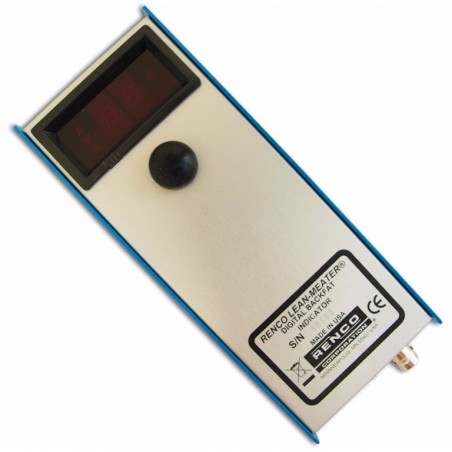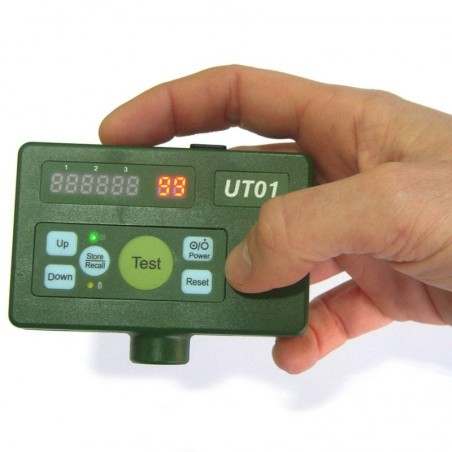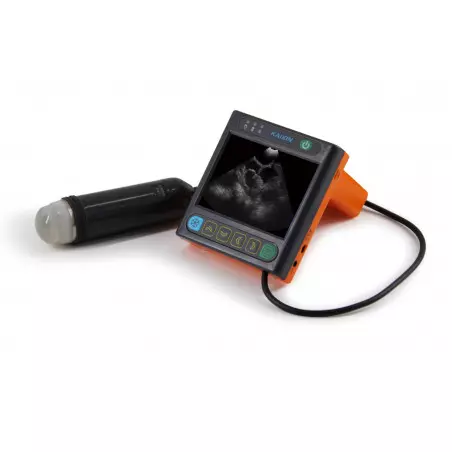Commented article
Comparative study on the relations between backfat thickness in late-pregnant gilts, mammary development and piglet growth. C. Farmer, J.-P. Martineau, S. Méthot and D. Bussières. Transl. Anim. Sci. 2017.1:154–159 doi:10.2527/tas2017.0018

Comment
Backfat thickness (BF) is a parameter that it is routinely measured on many sow farms and the monitoring of how it changes throughout the production cycle can be interpreted as an index of the mobilization or recovery of body reserves. Backfat thickness is usually measured at least at weaning/mating, after pregnancy check and upon entering the farrowing room.
It is known that sows finishing lactation with a very low or very high BF may have reproductive problems and the latter usually being the sows that wean lower weight litters.
The BF measure after a positive pregnancy check is an especially important factor in deciding how to group sows on farms where it is not possible to feed individually during the rest of the gestation.
If BF is excessive on late gestation, it can affect farrowing and reduce both feed intake and piglet growth during lactation. In addition, it is especially important in primiparous sows as BF is related to sow longevity; gilts with a certain range of BF have a higher number of productive cycles. Some authors suggest that the ideal BF range of gilts would be between 16 and 20mm although this range may vary and is clearly influenced by sow genetics. On the other hand, BF at farrowing seems to be related to mammary development and milk production potential, especially in primiparous sows.
This work is an observational study that includes more than 350 primiparous sows (LDxLW, inseminated with Duroc semen), 182 from a commercial farm (productive yields during lactation) and 171 from experimental trials carried out in a research center (mammary development).
The results indicate that greater BF in late gestation of primiparous sows tends to increase the weight gain of the litter, due to higher milk production related, possibly, to better development and preparation of the mammary gland. However, given that the improvement in piglet weight gain is modest (8.5%), that fatter sows lose more BF for the same live weight and that the best correlation between the BF and the parameters measured in the udder occurs with non-parenchymal tissue, the authors recommend keeping primiparous sows at the end of gestation in an BF range between >15 and <26.
In practice, achieving maximum productivity requires optimizing the ability for current sows to go into heat after weaning. The higher the milk production, the greater the growth of the litter and also the suppression of ovarian activity during lactation and the better the ovulation and their coming in heat after weaning. The better the ovulation and the estrous, the easier it is to obtain a good mating and more piglets are obtained the following litter. Accepting this thesis, the key to achieving good production levels is maximizing milk production. Among the common livestock species, the goat has an ideal udder with little fat, leading to very high milk production and an extremely lean body condition. With this considered, and considering how sows have evolved in recent decades, it could be inferred that leaner sows are more productive. However, for very lean sows the margin of error in the mobilization of body reserves during lactation is very small and risking excessive loss of tissue can jeopardize the sow´s coming into heat after weaning and even harm their productive life. Undoubtedly, in today's sows the BF (used as an index of their energy balance) has lost it's importance as an indicator of the sow's body reserves in favor of lean tissue which is best represented by the sow's LW. However, for the whole herd, and especially for primiparous sows, BF is still an important and very useful parameter to evaluate the state of body reserves; among other reasons because it is easier to measure than the LW in commercial conditions today.
|
Summary of the commented article Comparative study on the relations between backfat thickness in late-pregnant gilts, mammary development and piglet growth. C. Farmer, J.-P. Martineau, S. Méthot and D. Bussières. Transl. Anim. Sci. 2017.1:154–159 doi:10.2527/tas2017.0018 Methods: The potential relation between body condition of gilts in late-pregnancy and litter BW gain as well as mammary development was studied using 2 sets of data. Gilts either from a commercial herd (Part 1, n = 182) or from a series of trials looking at mammary development (Part 2, n = 172) were separated in 3 groups according to backfat thickness (BF) on d 110 of gestation. Group categorization was similar for Parts 1 and 2 of the study and was: low (LOW), 13.6 ± 1.6 mm (mean ± SD); medium (MED), 17.6 ± 1.0 mm (mean ± SD); and high BF (HIGH), 21.8 ± 1.8 mm (mean ± SD) for Part 1, and LOW, 14.2 ± 1.3 mm (mean ± SD); MED, 18.1 ± 1.0 mm (mean ± SD), and HIGH 23.4 ± 2.6 mm (mean ± SD) for Part 2. The effects of BF group on piglet BW gain (Part 1) or on various mammary gland characteristics (Part 2) were determined using ANOVA. Results: Litters from HIGH sows tended to have a greater lactation BW gain than those from LOW sows (P < 0.10). Sows with HIGH BF had more mammary parenchymal tissue and more total protein and total DNA than MED and LOW sows (P < 0.05), which led to greater total protein and total DNA contents (P < 0.05). There were strong positive correlations (P < 0.0001) between parenchymal weight and total protein, total DNA, and total RNA.  Conclusion: Results suggest that it is beneficial for primiparous sows to have greater BF (i.e., 20 to 26 mm) at the end of gestation to achieve optimal mammary development and greater litter BW gain in the subsequent lactation. |











